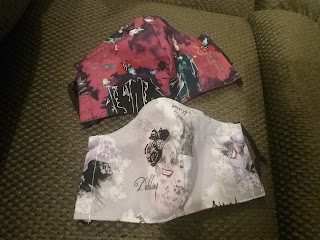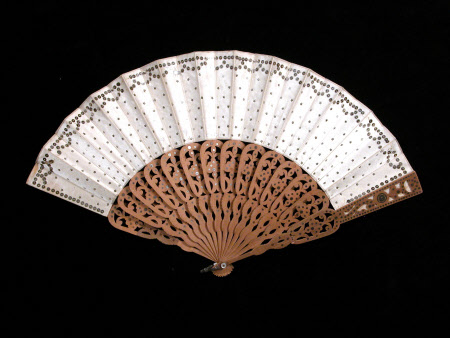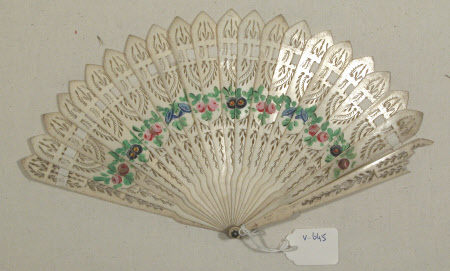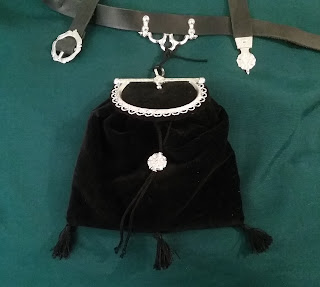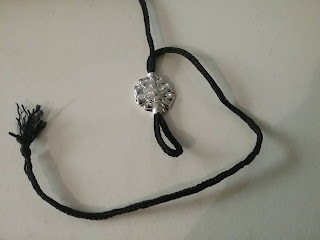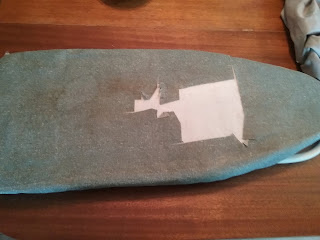The Challenge: Labor of Love--Make a dish that's hard work, uses an ingredient you love, or is a combination thereof.
Featuring my very favorite fruit.
Raspberry Pudding, Baked.--Put a pint of fresh raspberries into a pie dish and sprinkle a little sugar over them. Beat the yolks of three eggs and the whites of two with a quarter of a pint of milk; add a little sugar; whisk the custard till it froths and pour it over the fruit. Put it into the oven immediately and bake till the custard is set. Let it get cold, sift powdered sugar over and serve. This pudding should not be eaten hot. Time to bake half an hour. Probable cost 8d to ls. Sufficient for four or five persons.
The Date/Year and Region: 1883, London
How Did You Make It: I attempted this at half scale (being one person, and having sadly finite quantities of berries). I put 8oz of fresh red raspberries into a glass baking pan/bowl (the largest one that's still smaller than a pie tin), and sprinkled ~1/8 cup granulated sugar over the berries. I then beat in an electric mixer 1 egg yolk and 2 egg whites with 1/4 cup of milk and another 1/8 cup sugar. [This was intended to be 2 yolks and 1 egg white, but I only caught the error while writing it up afterwards. A true 'half-scale' would have been 1.5 yokes and 1 egg white.] After ~3 minutes on high, the liquid was looking frothy, so I poured it over the berries and put the dish into the oven, pre-heated to 350F. The pudding baked for 30 minutes, then cooled for 2 hours before serving.
Time to Complete: About 40 minutes, including baking time
Total Cost: Raspberries were on sale this week, so about $4.00 including the berries and eggs.
How Successful Was It?: I had the nagging feeling that I forgot something... and realized 20 minutes in that the answer was "custards need to be baked in pans of water". By that point, the top was fairly browned, and I decided to just go with it.
The taste is quite good. I think the sugar proportions I used worked very nicely, and the raspberries are delicious. The texture, however, is a mess. There's liquid, there's weirdly spongy bits around the sides, there's the solid 'skin' of the top. Basically, I still am dreadful at making custards, and shouldn't have been deceived by the straightforward instructions here.
If I ever get better at making custard, I'd love to give this receipt another try. It uses seasonal ingredients, it's not terribly complex, and has a great flavor for a cool summer dessert. If that should happen, I could see working this into my ball/dinner party repertoire, or including it in a cooking presentation in a historic kitchen. The need to refrigerate ingredients (not to mention the baking) would make it less useful for camping or other outdoor events like picnics.
How Accurate Is It?: The egg reversal was already mentioned, but even if I hadn't messed that up, the half-scale proportions have slightly more yokes than usual. I ended up guessing on the sugar amount, which was never specified. The usual electronic conveniences (mixer, oven) were used.
